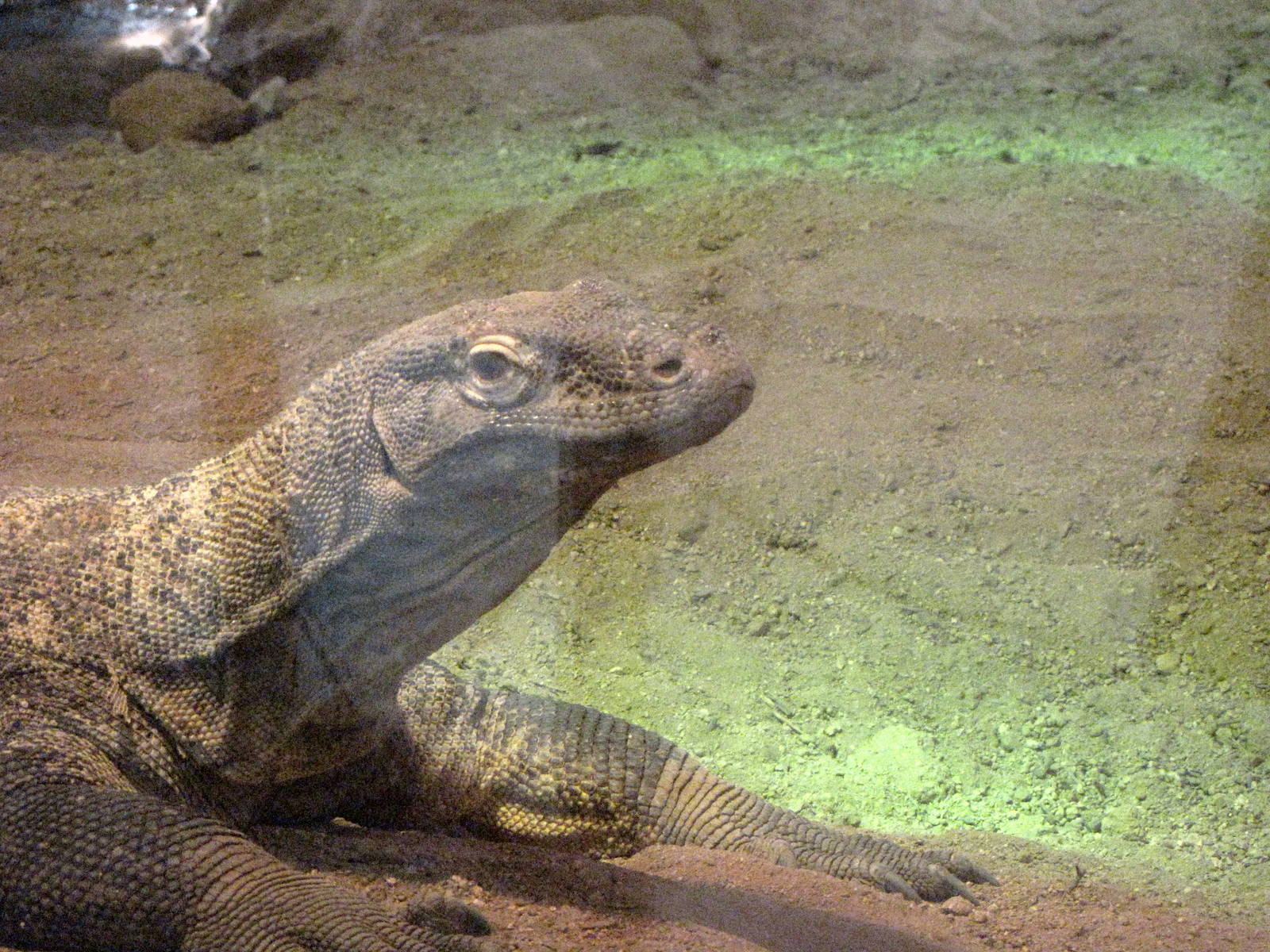Female komodo dragons can conceive sexually or asexually based on environmental conditions they lay eggs without a mate through parthenogenesis or virgin conception

Female Komodo Dragons: Masters of Reproduction
Female Komodo dragons, the largest living lizards on Earth, possess a remarkable reproductive capability that sets them apart from many other species. They have the extraordinary ability to conceive sexually or asexually, depending on certain environmental conditions. This phenomenon, known as parthenogenesis or “virgin conception,” allows these majestic creatures to lay eggs without needing a mate. Let’s dive into the fascinating world of female Komodo dragons and explore the secrets behind their unique reproductive strategies.
A Mating Mystery

In most animal species, reproduction requires the combination of genetic material from both a male and a female. However, female Komodo dragons have managed to challenge this norm. Despite having the ability to engage in sexual reproduction, they can also reproduce asexually under specific circumstances. This occurrence remains an intriguing mystery for scientists to unravel.
The Marvel of Parthenogenesis
Parthenogenesis, or “virgin birth,” enables female Komodo dragons to produce offspring without any contribution from males. This form of asexual reproduction allows them to bypass the need for mating, saving time and energy while ensuring the continuation of their species. It occurs when an egg develops into an embryo without first being fertilized by sperm.
The Environmental Trigger
Research has revealed that the occurrence of asexual reproduction in female Komodo dragons is stimulated by specific environmental conditions. The absence of males in their vicinity or a lack of suitable mates is thought to play a significant role in triggering this remarkable capability.
Extraordinary Adaptation
Parthenogenesis in Komodo dragons demonstrates their extraordinary adaptability, ensuring the survival of their species even in isolated environments. By being able to clone themselves, these females can produce offspring without depending on the presence of males. This is particularly advantageous in situations where mates are scarce or inaccessible.
Unraveling the Mechanisms
Scientists continue to explore the mechanisms behind parthenogenesis in female Komodo dragons. It is believed that unfertilized eggs can develop through a process called automictic parthenogenesis, where the egg cells undergo a form of self-duplication. However, further research is necessary to fully understand the intricacies of this reproductive phenomenon.
A Surprising Advantage
While asexual reproduction lacks the genetic diversity found in sexual reproduction, it does offer some advantages to the female Komodo dragons. As these females produce offspring that are essentially clones of themselves, they can guarantee the transmission of their unique genetic traits to the next generation. This can be particularly advantageous when they possess advantageous adaptations to their environment.
Conclusion
Female Komodo dragons display an exceptional reproductive strategy, encompassing both sexual and asexual reproduction. Parthenogenesis, or “virgin conception,” allows them to reproduce without mating, providing a remarkable way to sustain their species. Further research into the mechanisms behind this phenomenon will undoubtedly shed more light on the mysteries of these incredible creatures.
Source: Live Science
Tags
Share
Related Posts
Quick Links
Legal Stuff


